Keep your business compliant & hygienically clean
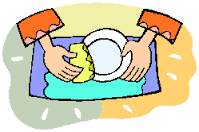
Cleaning & Sanitising are not the same thing.
Chemicals – what is the difference?
• Detergents – soap in a liquid form that attracts and washes away grease, dirt and debris from the surface. Detergents do not kill bacteria.
• Sanitisers – chemicals that are used after detergents. Sanitisers will kill and reduce the number of bacteria and spores.
• Disinfectants – common household cleaning products that are suitable for toilets and floors but not on food contact surfaces. They must not be used as sanitisers.
Cleaning is the process of using detergent and water to remove visible dust, grease, dirt, stains and odours from all surfaces, fixtures (i.e. benches and sinks), utensils and equipment.
Sanitising is the process of killing food poisoning bacteria (what you cannot see) and is achieved by using heat and/or chemicals.
It is not an option to use either a detergent or a sanitiser – both must be used.
Sanitising
The use of chemicals is the most common method for killing food poisoning bacteria however, heat can also be used. Food businesses must make sure that any sanitiser used is ‘food grade’ – safe for food contact surfaces. The table below lists examples of common sanitisers.
What can I sanitise with?
|
Sanitiser |
Use/Dilution |
Air Dry |
Comments |
|
Chemical Sanitisers |
|||
|
Household Bleach (4% Chlorine). |
1.25ml in 1L water = 12.5 ml (2½ teaspoons) in 10L water. |
Yes (unless a stronger solution is used). |
Inexpensive and fast acting. Good for equipment sanitation – can be corrosive. |
|
Commercial Bleach (10% Chlorine). |
0.5ml in 1L water = 5 ml (1 teaspoon) in 10L water. |
Yes (unless a stronger solution is used). |
Inexpensive and fast acting. Good for equipment sanitation – can be corrosive. |
|
70% Alcohol Solutions. |
700ml in 300ml of water. |
Yes. |
Good for equipment sanitation – air dries rapidly. Caution: Flammable. |
|
Quaternary Ammonium Compounds (QUAT). |
As per manufacturers instructions. |
As per manufacturers instructions. |
Good for equipment sanitation – is non corrosive. |
|
Heat |
|||
|
Hot Water. |
Water must reach 77°C for at least 30 seconds. |
Yes. |
Commercial dishwasher is recommended. |
Please Note: This table is to be used as a guide only. For questions about specific products please contact the Cleaning Hub.
How often should I sanitise?
It is recommended that food contact surfaces and equipment are cleaned and sanitised after every use and/or at least every four hours.
What should I sanitise?
Any surface, utensil or piece of equipment that comes into contact with food must be cleaned and sanitised.
- Chopping Boards
- Benches and Sinks
- Crockery and Cutlery
- Rice Cookers
- Meat Slicers
- Food Storage Containers
- Utensils
- Knives
- Bain Maries and Refrigerators
- Glasses and Cups
- Thermometers
How do I sanitise?
Heat – commercial dishwashers or hot water in a sink are both ways of sanitising smaller items.
If sanitising using hot water in a sink, you must:
- Make sure water is at least 77°C when put in the sink
- Use a heating element to keep the water temperature at 77°C or
Water at this temperature is dangerous.If sanitising using heat it is best to use a commercial dishwasher.
Chemical – if you do not have a dishwasher a chemical sanitiser can be used.
- For items that fit in your double bowl sink - wash in detergent and hot water in the first bowl then sanitise using a chemical sanitiser and warm water in the second bowl – see below.
- Items that do not fit in your sink – thoroughly clean and then use a spray bottle to apply the sanitiser.

10 Tips for Sanitising
- Make sure your chemical sanitiser is ‘food grade’
- Sanitisers are most effective when used at the correct dilution – check the label or with your supplier
- Prepare chemical solutions daily to make sure the solution remains effective
- Chemicals must be clearly labelled, especially if you are removing the solution from the original packaging
- They need time to work – check the contact time as this will vary for each product
- Check to see if the sanitiser needs to be rinsed off after it has been applied
- After sanitising make sure the surface is thoroughly dry before it is reused
- Check the best before date of your chemicals to make sure they remain active
- Make sure your staff know how to correctly use your chemical sanitiser
- Chemicals must be stored away from food to minimise the risk of contamination
Please Note: A surface must be thoroughly cleaned before it is sanitised, as sanitisers are unable to effectively kill food poisoning bacteria if the surface is still visibly dirty.
Are there organic sanitisers available?
Yes. Sanitisers which have the following active ingredients are considered to be organic:
- Peracetic Acid
- Hydrogen Peroxide
- Organic Acids
- 70% Alcohol solutions that do not contain Quaternary Ammonium Compounds
Where do I purchase a sanitiser?
Bleach,food grade sanitisers and methylated spirits can be purchased at the Cleaning Hub. Check out our food grade products.
Things to ask when purchasing a sanitiser
- Is the sanitiser ‘food grade’ – safe for food contact surfaces?
- Can I use the sanitiser on all surfaces and equipment?
- Does the sanitiser need to be rinsed off?
- How much do I need to use?
For further information check your Food Safety Program or contact your chemical supplier
- Matthew Smith
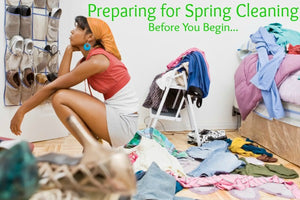

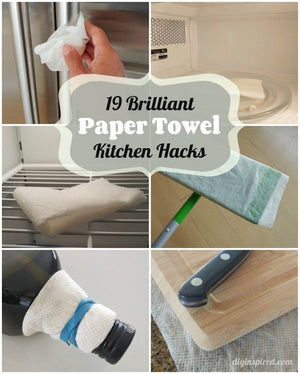
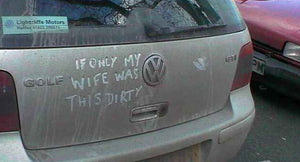
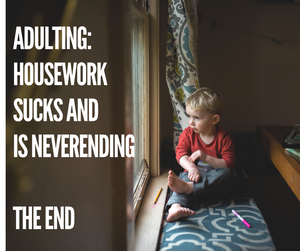
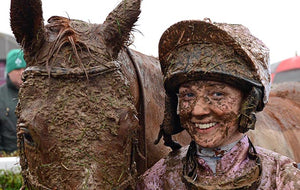
Comments 0